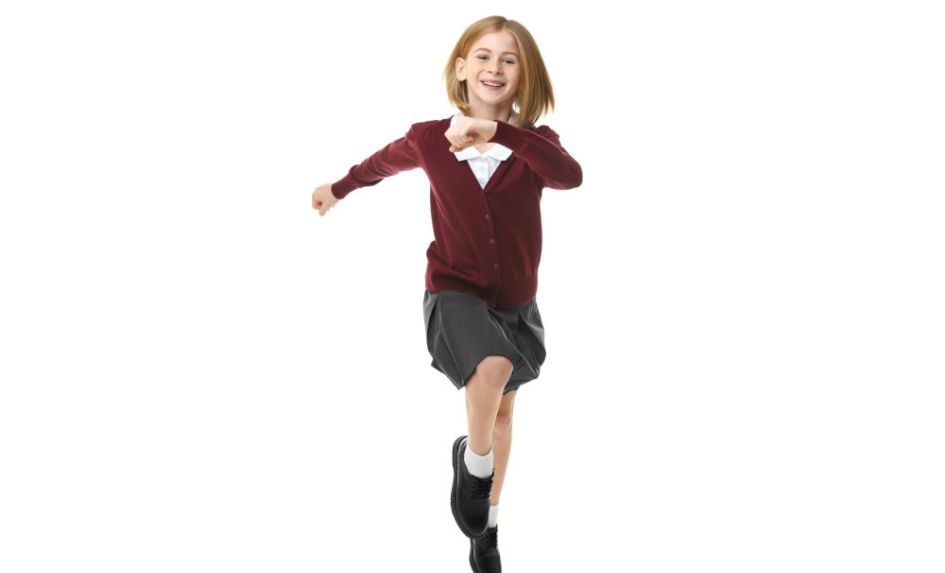The start of the school year is full of new beginnings for children: a new environment, new teachers, new friends.
Whether it’s teaching them how to read, supporting their social and emotional development, or showing them the importance of incorporating physical activity into their daily lives, it’s our job to help these young students become the best version of themselves.
As we’re facing one of the highest child obesity rates in Western Europe, encouraging children to develop healthy habits is a key focus at my school in Deptford, London. When pupils in my borough start Reception, one in five is obese or overweight, which is in line with the national average.
But by the time they leave primary school, those numbers are double the national average.
Low activity levels during lockdown
The pandemic and multiple lockdowns have made the situation worse. With leisure centres closed and sports classes cancelled, children have had less opportunities for exercise.
Figures from Sport England show that most young people failed to meet the recommended 60 minutes of daily exercise in the 2019/20 academic year. Almost a third of children (two point three million) were classed as ‘inactive’ thanks to restrictions during lockdown, not even doing 30 minutes of exercise a day.
Getting kids moving again is a priority, not only for their physical health but their mental health too. This is especially important as many studies have highlighted that mental wellbeing issues are increasing in young people.
Moving during lessons
At my school, we have piloted a programme to fight obesity, focusing on physical exercise. Seeing the enthusiasm our kids had for PE made us think about incorporating activity into other lessons in the school day.
We started using ready-made active learning lesson plans from Teach Active. This meant we could increase physical activity in both maths and English lessons, getting the kids moving about multiple times during the day.
A real favourite among students is a game called ‘Flossy corners’. Teachers call out the name of a shape and kids have to run around the classroom, find the matching shape and do the floss dance when they do.
This can also be used in English, where they look for synonyms of a word the teacher has said and then dance when they are standing next to the right word. It can be played in the classroom or the playground and is popular with teachers and students in all year groups.
Academic improvement
Our aim was to increase physical activity and create a strong sporting culture at school, giving our students lifelong healthy habits. However, there have been positive outcomes from an academic perspective as well.
We found that physically active learning works well when used with small groups of children who need extra support. Last year, we decided to focus on active lessons with a group of pupils who were underachieving.
Eight Year 5 boys who were classed as vulnerable came into school during lockdown and we put them in a bubble together. Thanks to the active lessons, they not only met expected standards at the end of Year 5 but also stayed on track throughout Year 6.
Starting afresh
The start of the school year is a great time to trial new lessons. In our school, active learning can take the form of a whole lesson outside in the playground, an active starter that gets students moving at the beginning of the lesson, or an incentive to go and play a game towards the end of the lesson.
Whichever way we teach active lessons, there’s no doubt the students love the chance to get moving. And we are seeing the benefits to both their health and their learning.
Rachael Smith, Tidemill Academy, Deptford. Staff at Tidemill use lesson plans from Teach Active. Download free lesson plans at teachactive.org.










